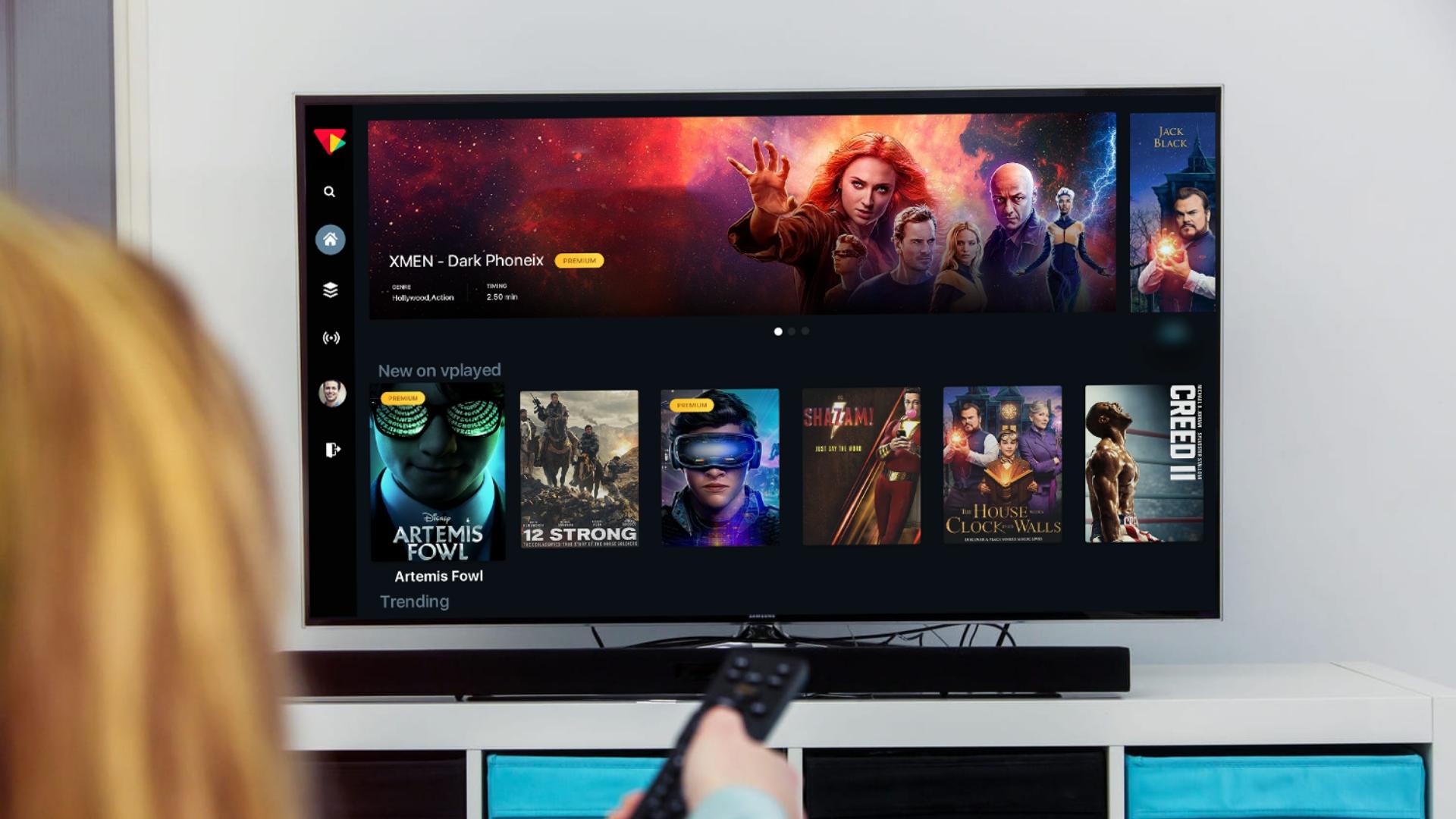Excitement About Apollo Group Tv
Excitement About Apollo Group Tv
Blog Article
The Ultimate Guide To Apollo Group Tv
Table of ContentsGetting My Apollo Group Tv To WorkThings about Apollo Group TvApollo Group Tv for Beginners7 Easy Facts About Apollo Group Tv Described
In this situation, instead than having three-minute industrial areas throughout a 30-minute television program, TV programs might transform to one where a consumer will be required to have a monthly membership, to make sure that they cen view targeted banner advertisements. This kind of advertising and marketing currently takes place on the web, and the quantity of data tv companies collect permits them to do much the exact same.Clarify the impact of sponsors on program material. Explain the major fads among the broadcasting and cord networks. When television remained in its infancy, manufacturers designed the brand-new medium on radio. Popular radio shows such as police dramatization Dragnet and western cowboy series Gunsmoke were adjusted for television, and new TV shows were sponsored by solitary marketers, equally as radio programs had been.
Today, the television market is even more intricate. Programs are funded by multiple advertisers; programs is managed by significant media empires; and the three significant networks no more dominate the airwaves but instead share their viewers with various cord networks. Numerous factors make up these fads within the market, including technical advancements, government guidelines, and the production of new networks.

The smart Trick of Apollo Group Tv That Nobody is Talking About
Established in 1969, (PBS) created out of a report by the Carnegie Compensation on Educational Television, which checked out the duty of academic, noncommercial television on society. Public tv was also intended to give universal access to television for customers in rural areas or visitors that can not afford to pay for personal tv solutions.
The period between 1950 and 1970 is historically acknowledged as the. In addition to a small section of airtime managed by public television, the three significant networks (known as the Big 3) controlled the tv industry, collectively representing greater than 95 percent of prime-time watching. In 1986, Rupert Murdoch, the head of international company Information Corp, introduced the Fox network, testing the dominance of the Big 3.
Targeting young and minority target markets with programs such as Buffy the Vampire Slayer, Moesha, Dawson's Creek, and The Wayans Bros., the new networks wanted to attract terminals far from their old network affiliations. Nevertheless, instead of duplicating the success of Fox, UPN and WB battled to make an effect. Unable to attract several affiliate terminals, both fledgling networks got to less houses than their larger competitors due to the fact that they were unobtainable in some smaller sized cities.
This choice led the way for the growth of cord flick channels, contributing to the rapid development of cord in the 1980s and 1990s. apollo group tv app. Further deregulation of cord in the 1984 Cord Communications Policy Act got rid of restrictions on wire rates, making it possible for operators to bill what they wanted for cord services as long as there was reliable competitors to the solution (a criterion that over 90 percent of all cord markets could fulfill)
Little Known Questions About Apollo Group Tv.

Having produced the very first "superstation," Turner increased his world by founding 24-hour news network CNN in 1980. At the end of the year, 28 national shows services were readily available, and the cord transformation had actually started. Over the following years, the market went through a duration of rapid growth and popularity, and by 1994 visitors can pick from 94 fundamental and 20 costs cable television solutions.
Figure 9 - https://hub.docker.com/u/apollogtv01?_gl=1*6kxjvx*_ga*MTA2NTEzMTMxMi4xNzI4ODI0OTkz*_ga_XJWPQMJYHQ*MTcyODkyNDAxMi4yLjEuMTcyODkyNDEwOC40NS4wLjA..16 Raised competition from cable television networks has actually created a constant decline in the networks' audience scores. During the 1950s, the expense of producing a solitary television show enhanced as shows became much longer and production costs soared. Sponsorship on network tv shifted from single sponsorship, in which a program was entirely sustained and generated by one advertiser, to numerous sponsorship, in which advertisers acquired 1- or 2-minute spots on the show
Choose one of the Big Four networks and print out its weekly shows timetable. Watch the network's prime-time programs over the course of a week, keeping in mind the target group for each program.
Facts About Apollo Group Tv Uncovered

Straight TV, usually referred to as standard broadcast television, includes wire and satellite television. It's called "straight" due to the fact that content follows a predetermined programs routine, unlike on-demand content which the individual audience makes a decision to enjoy based upon their own preferences and routine. So, when you ask, "What is direct TV?", consider it as the classic means of watching television that has actually been around for years.
Report this page